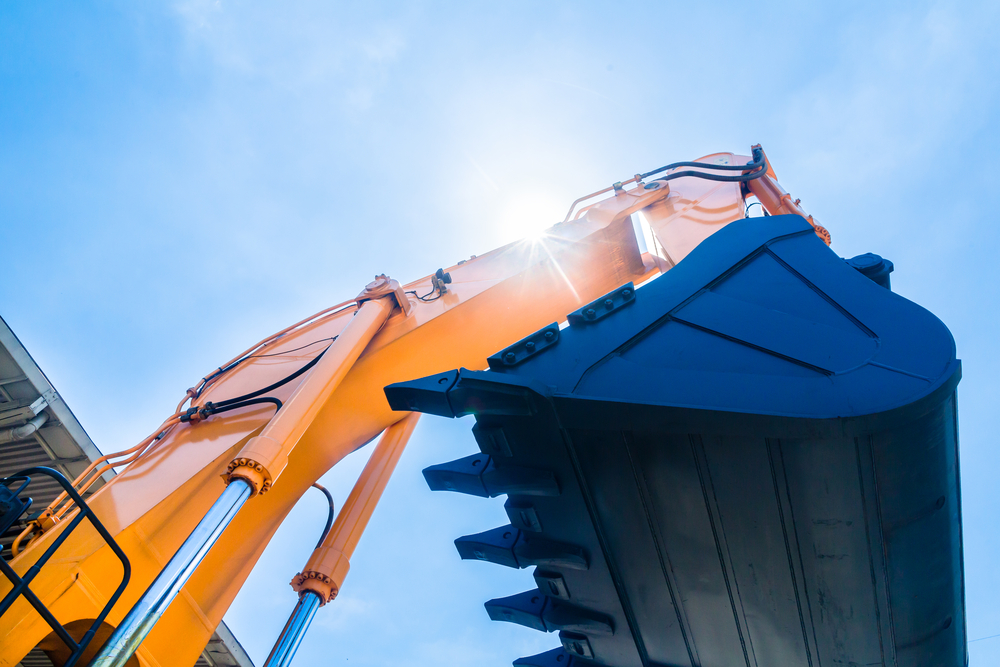Governments face significant challenges when it comes to managing their equipment fleets. Whether at the federal, state, or local level, they typically rely on their vehicles to perform a much wider variety of services than private sector organizations do.
For example, a municipal fleet is made up of several departmental fleets: utilities, parks and recreation, public works, and more. This results in multiple distinct fleets that each have separate fleet managers with their own unique strategies.
Often, what happens is that each department — at taxpayers’ expense — will simply acquire all the assets needed to perform its functions without first considering whether other departments or agencies already have them. As a result, one entity’s vehicles will sit idle while another one spends unnecessary tax dollars to meet its needs.
Throwing Away Money
Poor asset utilization is simply the failure to extract the maximum possible value out of your assets. For governments with large fleets, utilization issues almost invariably trace back to decision makers not having access to information on the status of their vehicles — including what assets they have, their location, their availability, and whether they need maintenance.
These issues are especially prevalent in governments due to redundant administrative structures, poor interdepartmental communication, and bureaucratic impediments that limit streamlined information-gathering and decision-making. As a consequence, the public sector often wastes significant time and money on construction projects and project supervisors lack the ability to effectively plan ahead.
Telematics could easily resolve these glaring issues.
Why Telematics?
Through telematics, fleet managers can have access to real-time data that shows where every department’s equipment is located, how often it’s being used, how it’s performing, and whether maintenance is necessary.
This one-click solution to holistic fleet management provides a host of data-driven benefits to government entities:
- Boosting internal efficiency: By connecting every department’s assets with one telematics solution, all fleet managers can log in to an interactive dashboard that shows how the entire organization’s fleet is currently being used. This creates one unified fleet, helping governments significantly increase the value they see from their existing assets. Shared data ensures equipment is available to meet the needs of all departments, regardless of who originally acquired it.
- Saving taxpayer money: This optimization results in lower asset acquisition requirements and significant savings to taxpayers. The same logic applies at the intergovernmental level. Instead of operating independent fleets, all municipalities in a county — or even all counties in a state — could connect their assets to ensure they’re getting the most out of their equipment. No longer are redundant assets acquired that provide no benefit.
- Creating a sharing economy: Instead of needing to purchase expensive new equipment for one-time use, municipalities are able to rent equipment to one another as needed. This saves the city-in-need money while generating revenue for the city that’s providing the asset. A new step van, for example, could cost a city upward of $50,000 to purchase (plus ongoing costs including insurance and maintenance), whereas renting one from a neighboring city for a one-off project could cost less than $1,000.
As with many things in life, a whole is greater than the sum of its parts. That’s what makes telematics the lifeblood of modern fleet management.
When researching platforms, insist on a solution that emphasizes usability and functionality. All the data in the world won’t improve asset utilization unless it can be accessed and manipulated via an easy-to-use, intuitive interface.
After selecting a telematics platform, get your fleet connected and hold seminars for your employees. Educate them on how shared fleet solutions make their jobs easier and increase productivity. Effective equipment-sharing requires the informed commitment of all employees who interact with your assets.
Once everyone in the organization understands the asset management capabilities of telematics, there’s no limit to what can be accomplished. The money you’re wasting today could be used to build a better tomorrow for everyone in your community.
Willy Schlacks is the president and co-founder of EquipmentShare, a peer-to-peer construction equipment rental company based in Columbia, Missouri. The business has grown exponentially and is expanding from mid-Missouri to Texas and Florida. Schlacks, who is skilled in construction management and telematics, was featured on the Columbia Business Times 20 Under 40 list.





Leave a Reply
You must be logged in to post a comment.